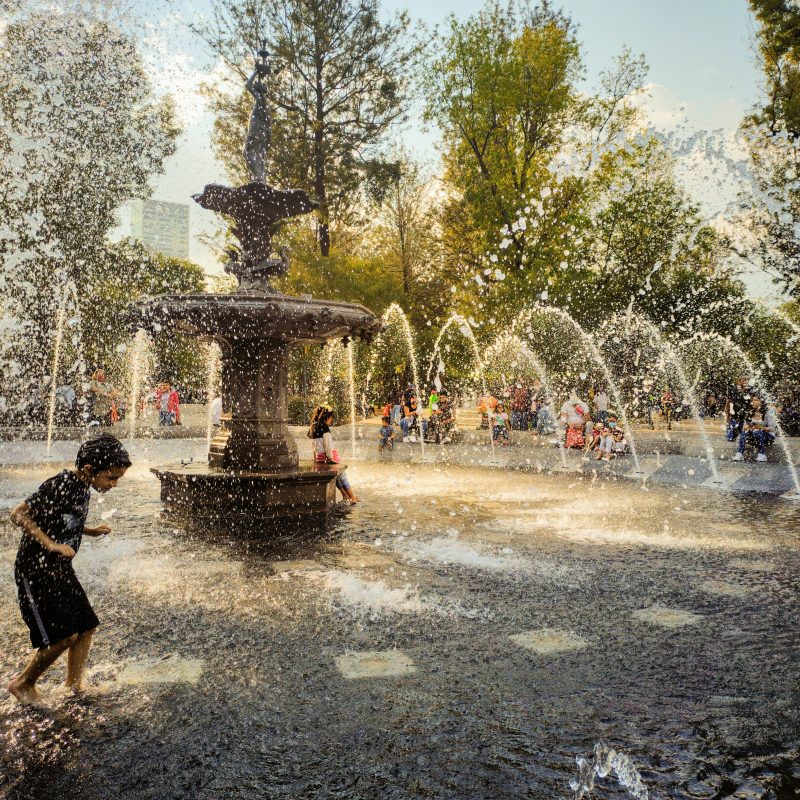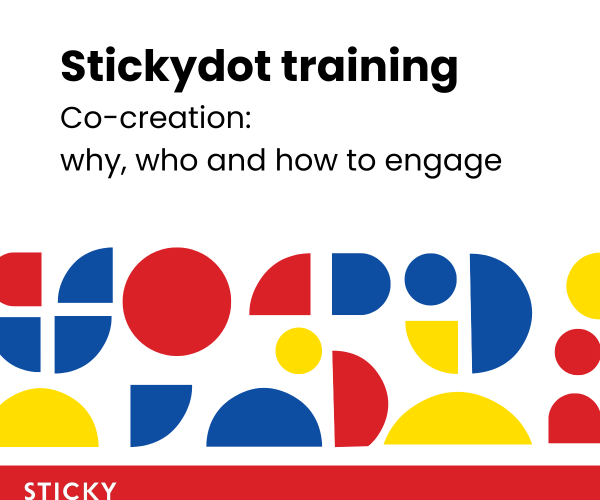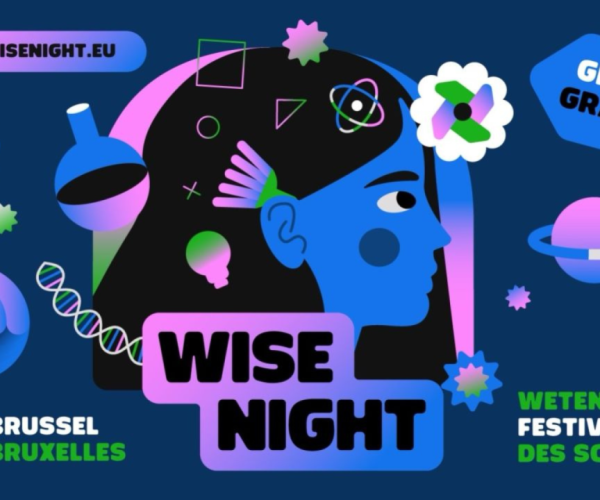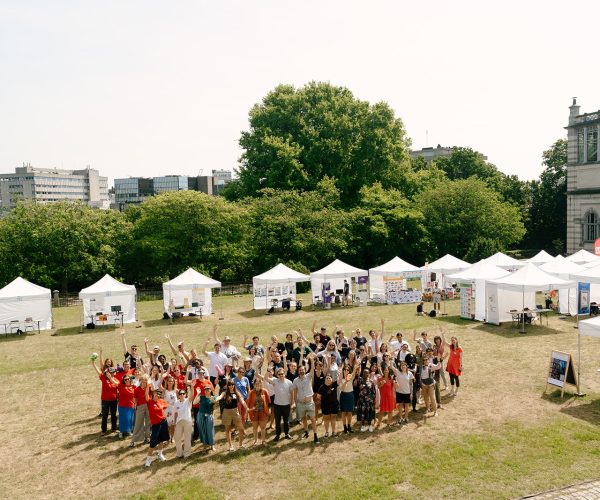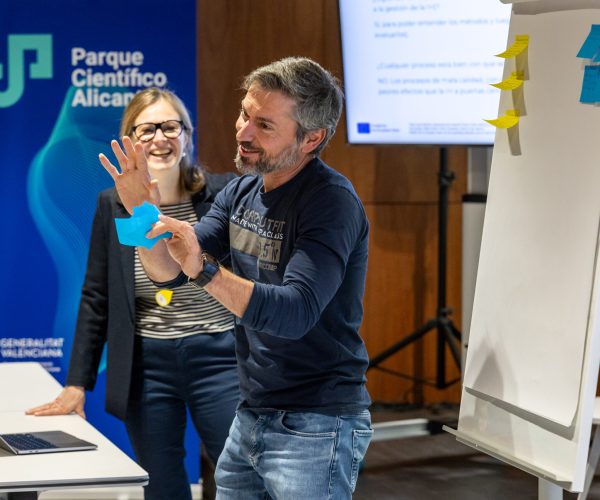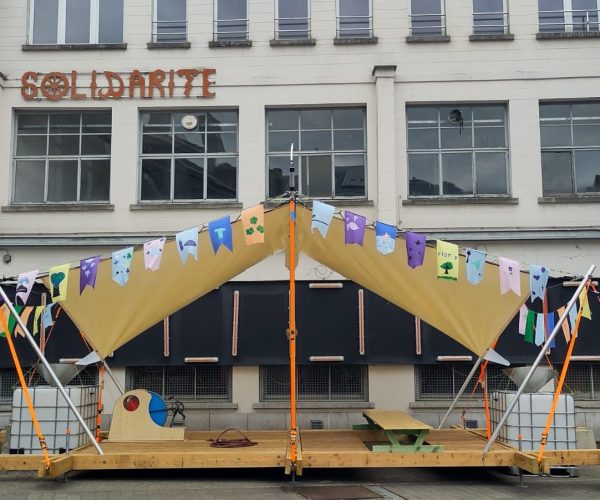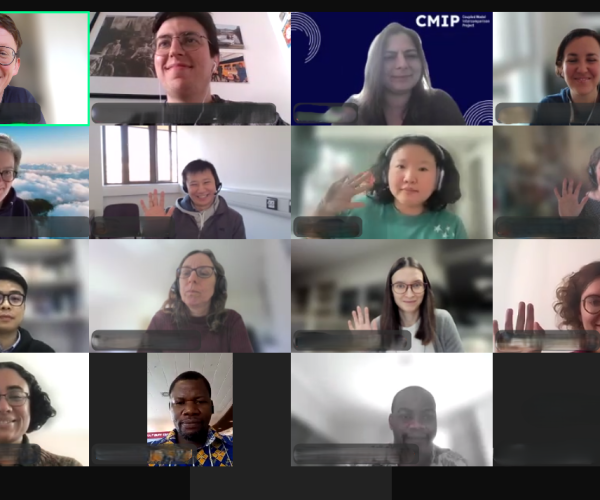When starting LEVERS, we were excited to work on a topic for the Brussels pilot that was particularly close to our hearts. A topic that would be an opportunity for us to engage deeply with the local population in the city, with a particular focus on social groups that are often underrepresented. An area where a co-creation approach could make a real difference.
Brussels is heating up. During heatwaves, temperatures in the city centre are, on average, 3ºC higher than in the city’s surroundings, with specific areas even reaching a difference of up to 10ºC at night time. But why is this happening, and what does this mean for the well-being of citizens in a time when heat waves get more and more frequent? Also, more importantly, what can be done about it?
The phenomenon, known as the heat island effect, has to do with the way in which cities are built. The asphalt roads and concrete buildings that abound in cities lack the reflecting and cooling effect offered by the vegetation found in the countryside. Instead, these city materials retain and absorb heat during the day, releasing it into the city atmosphere during the night.
The result? Stronger and more frequent heat waves are directly affecting the urban centre of cities all over the world, with potentially disastrous consequences. In Brussels, a study by Sciensano showed an increase in mortality when temperatures rise above 22,8ºC, a scenario that is likely to become ever more common in the context of a warming world.
This increased urban heat stress also has consequences on citizen’s mental well-being. An investigation by the NAMED project suggests that heat stress can have negative consequences for anxiety, sleep quality and social functioning, among others.
There is also a very clear social justice side to this problem. Many vulnerable groups live in urban centres, in areas with higher population densities, fewer green spaces, and lower air quality. These are often elderly people, who often live alone, or citizens with lower incomes living in poor housing conditions. This greatly exacerbates the issue of urban heat islands, as not only are these people living in places that are more strongly affected by the heat, but they also are the ones with the least capacity, be it physical or economical, to cope with this threat.
So, what now? The problem of heat islands in Brussels won’t go away simply by buying more air conditioners. We must instead work to embed cooling strategies within the very fabric of the city’s landscape and culture. Planting more trees in city avenues, painting roofs white, or adding vegetation to building façades are good ways to start. So is the implementation of ‘freshness islands’: naturally fresh environments, with shady parks and water features, that citizens can use to cooldown. But while we wait for public administrations to notice the problem and implement solutions, we must start acting.
We at Stickydot, as partners in the LEVERS project, will be running a series of activities throughout the summer aiming to make our neighbourhoods more liveable for everyone. Through life-long learning and design thinking, we will be co-creating cooling solutions for our homes and neighbourhoods to help people stay cool, comfortable, and healthy during periods of extreme heat. We have planned to work with social housing associations, maker spaces and museums. Keep an eye on this project for ways to deal with heat stress in Brussels, or wherever you are in the world.
Written by Alexandre Torres
